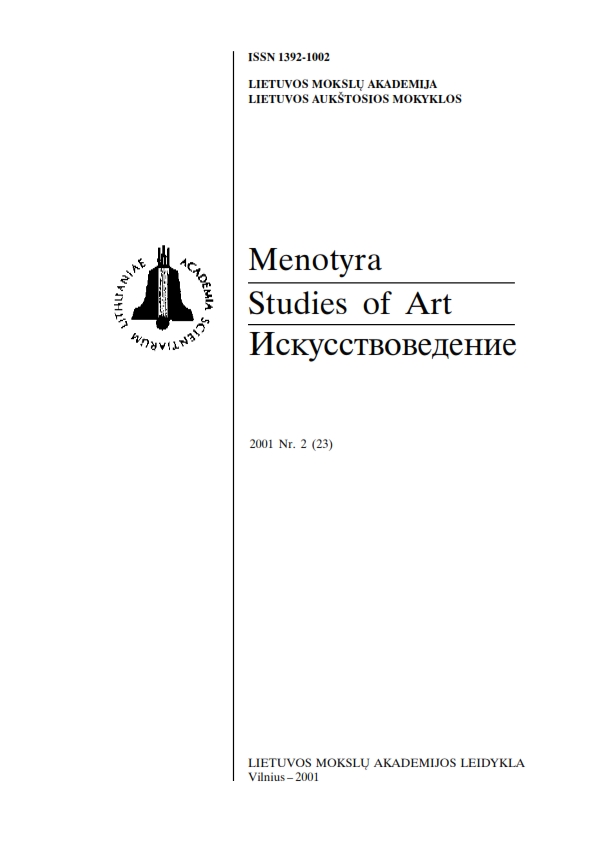Ružanų Švč. Trejybės bažnyčios Šv. Barboros koplyčios altorius - Aleksandro Mykolo Sapiegos menines orientacijos atspindys
The altar of St. Barbara's chapel of Ružanai holy trinity church as a reflection of the artistic orientation of Aleksandras Mykolas Sapiega
Author(s): Dalia KlajumieneSubject(s): Christian Theology and Religion, Cultural history, Visual Arts, 18th Century
Published by: Lietuvos mokslų akademijos leidykla
Summary/Abstract: The altar of St. Barbara's Chapel of Ružanai Holy Trinity Church is an excellent example of illusionistic painting of the second half of the 18th century, reflecting the artistic orientation of the then famous Lithuanian Grand Duchy patron of the arts, Chancellor Aleksandras Mykolas Sapiega (1730-1793). The period of 1785-1787 is marked by the foundations of A. M. Sapiega in the sphere of sacral art. This is the time when this nobleman, although also occupying a high position in the governing of the state, was steadily attacked for his political passiveness. The assessment of his contemporaries shows that he was yielding and gentle, preferring music and painting over politics. The nobleman's moderation, a certain conservatism, but at the same time his wonderfully trained taste and search for "quality" 'is splendidly reflected in many of the foundations connected with him. The circle of examples valued by A. M. Sapiega, which the artists who worked for him had to follow, were in no small part influenced by the excellent "Jesuit" education he received in the youth. Therefore, it is not surprising that the Altar of St. Barbara's Chapel of Ružanai Holy Trinity Church almost ideally repeats the example (vol. II, ill. 67) found in the two-volume work of the Jesuit artist A. Pozzo (1642-1709) Perspectivae pictorum atque architectorum (pars prima Romae MDCCXXXVII; vers secunda Romae MDCCLXIV). The almost ideal repetition of an illustration in a treatise from the end of the 17th century at the end of the 18th century, when art was already dominated by other stylistic tendencies, once more illustrates the conservatism of the client's manner and his formal view towards artwork. In spite of this, the excellent creative results obtained reflect the ambitions and professionalism of the artist (The famous architect, J. S. Bekker, could be the altar's creator).
Journal: Menotyra
- Issue Year: 2001
- Issue No: 2(23)
- Page Range: 36-40
- Page Count: 5
- Language: Lithuanian

